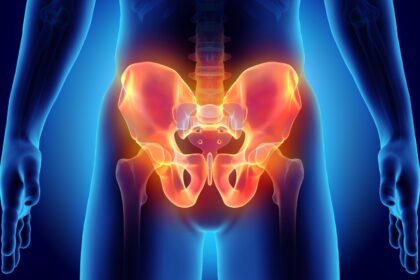Physical therapy (PT) plays a significant part in recovery and rehabilitation from injuries, surgeries, and various medical conditions. This treatment approach uses specific exercises, manual therapy, and patient education to help individuals regain movement and function. The goal is to guide patients through a structured process that supports their body’s natural healing capabilities.
What Conditions Benefit Most?
A wide range of conditions can be addressed through physical therapy. Therapists create tailored programs to manage symptoms and improve function for different health issues. These programs are designed based on a person’s specific condition and recovery goals.
- Post-Surgery Rehabilitation: After procedures such as joint replacements or ligament repairs, physical therapy helps restore strength, flexibility, and mobility. Therapists guide you through exercises that support healing in the affected area.
- Sports Injuries: Athletes often use PT to recover from sprains, strains, and fractures. The treatment focuses on rebuilding strength and preventing future injuries.
- Chronic Pain: Conditions like back pain, arthritis, or fibromyalgia can be managed with physical therapy. The focus is on pain relief, improved posture, and increased ability to perform daily tasks.
- Neurological Conditions: People with conditions such as stroke, multiple sclerosis, or Parkinson’s disease can benefit from physical therapy. Therapists work on improving balance, coordination, and walking ability.
Each person’s treatment plan is unique, focusing on their specific needs and circumstances. The exercises and techniques used are chosen to match the recovery phase and help you move forward. By following the plan, you can work toward restoring your physical capabilities.
When Should Therapy Begin?
The timing for starting physical therapy depends on your specific injury or condition. In some situations, such as after certain types of surgery, therapy might begin within 24 hours. Early movement can help with circulation and prevent stiffness. A healthcare provider will determine the appropriate start time for your therapy.
In other cases, a period of rest may be needed before starting PT. After a fracture, therapy often begins once the bone has started to heal. The right timing helps support a smooth recovery process. Your doctor and physical therapist will work together to create a schedule that aligns with your healing.
How Is Progress Measured?
Physical therapists use several methods to track your progress. At the beginning of your treatment, your therapist will conduct an initial evaluation to establish a baseline. This assessment often includes measuring your:
- Range of motion
- Strength
- Balance
- Pain levels
These measurements provide a starting point for your recovery plan. As you move through your treatment, your therapist will regularly reassess these same areas. They might use tools like a goniometer to measure joint angles or manual muscle testing to grade your strength. They will also talk with you about your ability to perform daily activities and any changes in your symptoms. This ongoing tracking allows your therapist to adjust your program to keep you moving toward your goals.
Schedule Physical Therapy
Physical therapy offers a structured path to help you recover function and mobility. Through personalized exercises and professional guidance, it supports your return to daily life. If you are dealing with an injury or a condition affecting your movement, a physical therapist can develop a plan for you. Take the next step in your recovery and schedule a PT session to begin your journey.









